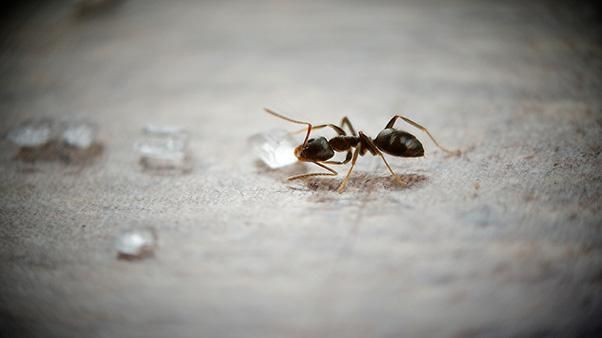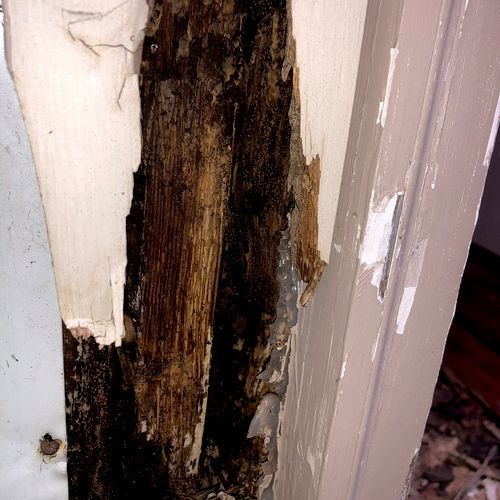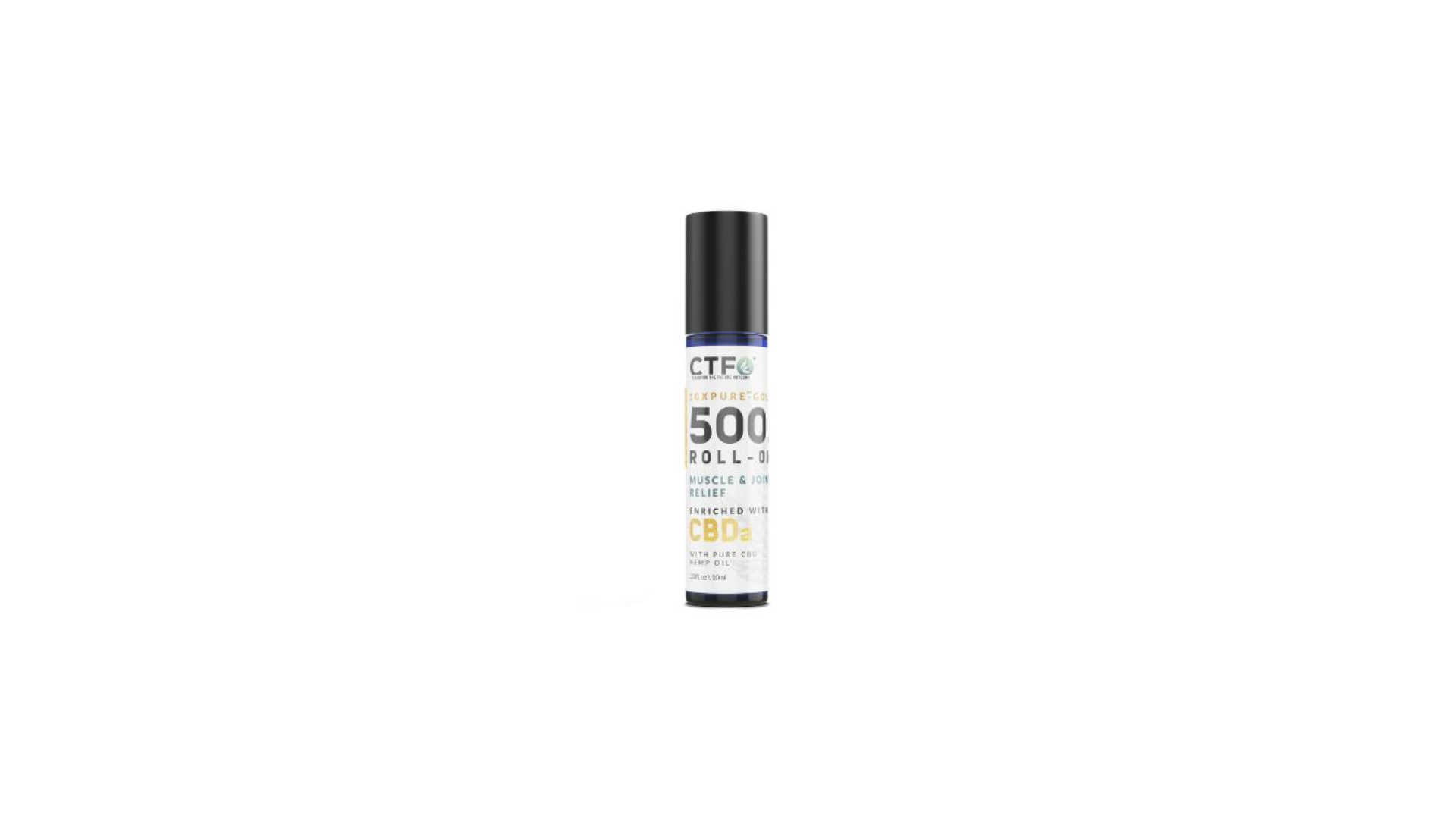Effective Ways to Treat Fleas: A Comprehensive Guide
Fleas are pesky parasites that can infest our homes and pets, causing discomfort and potential health issues. If you're dealing with a flea problem, it's essential to take immediate action to eradicate them. In this blog post, we'll explore effective methods for treating fleas and regaining control over your environment.
- Identify the infestation:
Start by confirming the presence of fleas. Look for signs such as excessive scratching, flea dirt (black specks resembling pepper) on your pet's fur or bedding, and small, red bites on your own skin.
- Treat your pet:
Consult your veterinarian for the best flea treatment options suitable for your pet. These may include topical treatments, oral medications, or flea collars. Follow the instructions carefully and administer the treatment as recommended.
- Vacuum thoroughly:
Vacuum all carpets, rugs, upholstery, and pet bedding to remove adult fleas, eggs, and larvae. Pay extra attention to areas where your pets spend the most time. Dispose of the vacuum bag immediately afterward.
- Wash bedding and fabrics:
Wash your pet's bedding, blankets, and any other fabric items they come into contact with using hot water. This helps kill fleas, larvae, and eggs. Dry them on high heat to ensure thorough elimination.
- Treat your home:
Use an effective flea spray or fogger to treat your home. Pay close attention to areas frequented by your pets, such as carpets, corners, and furniture. Follow the instructions on the product carefully, and consider evacuating the premises during the treatment process.
- Yard maintenance:
Trim your lawn and keep it well-maintained to deter fleas. Rake up leaves and debris regularly, as these can provide hiding spots for fleas. Consider using nematodes, a natural predator of fleas, in your yard to help control the population.
- Prevent future infestations:
To prevent re-infestation, continue to treat your pet regularly with flea preventatives recommended by your veterinarian. Keep your home clean, vacuum frequently, and wash pet bedding regularly. Consider using flea control products, such as sprays or powders, as a preventive measure.
Dealing with a flea infestation can be a frustrating experience, but with the right approach, you can effectively eliminate these unwelcome pests. By following the steps outlined above, you can treat fleas on your pets and in your home, restoring peace and comfort to your environment. Remember, consistency and thoroughness are key to successfully treating and preventing future flea problems. If the infestation persists, consult a professional pest control service to assist you in resolving the issue.
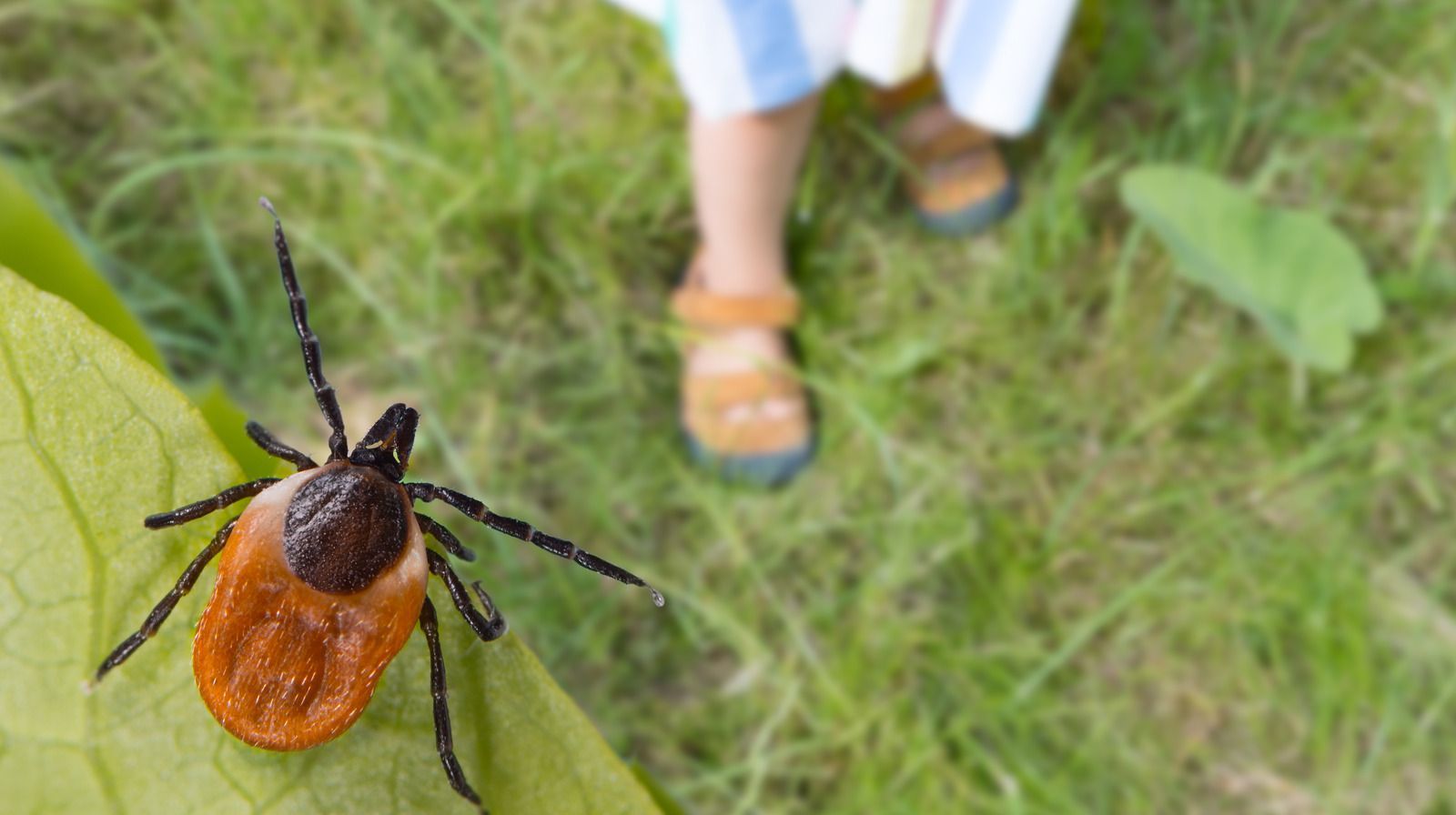
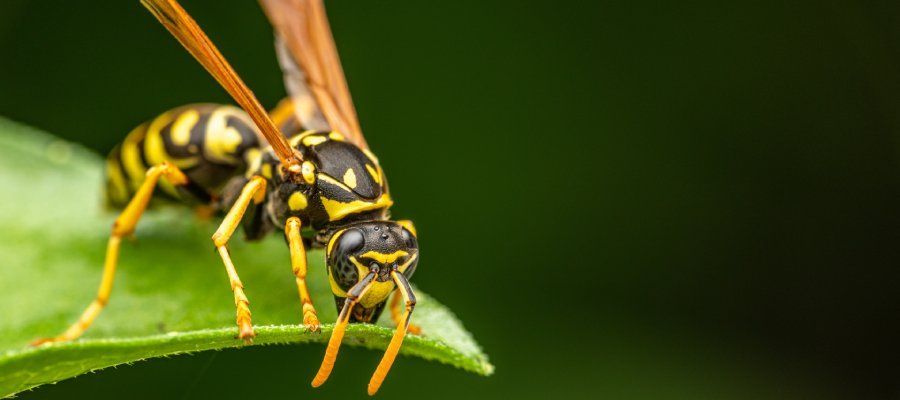

Service Areas
- Tarrant County, TX
- Bedford, TX
- Watauga, TX
- Grapevine, TX
- North Richland Hills, TX
- Haltom City, TX
- Hurst, TX
- Euless, TX
- Roanoke, TX
- Westlake, TX
- Keller, TX
- Lake Worth, TX
- River Oaks, TX
- Forest Hill, TX
- Fort Worth, TX
- Saginaw, TX
- Arlington, TX
- Benbrook, TX
- White Settlement, TX
- Haslet, TX
- Aledo, TX
Inquire
Thank you for contacting us.
We will get back to you as soon as possible.
Please try again later.

